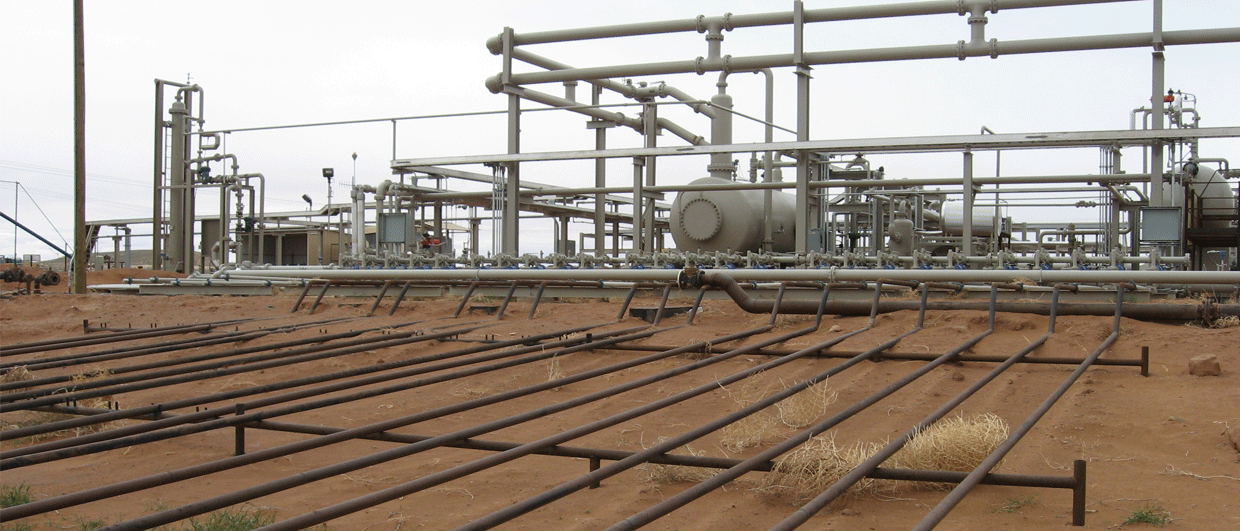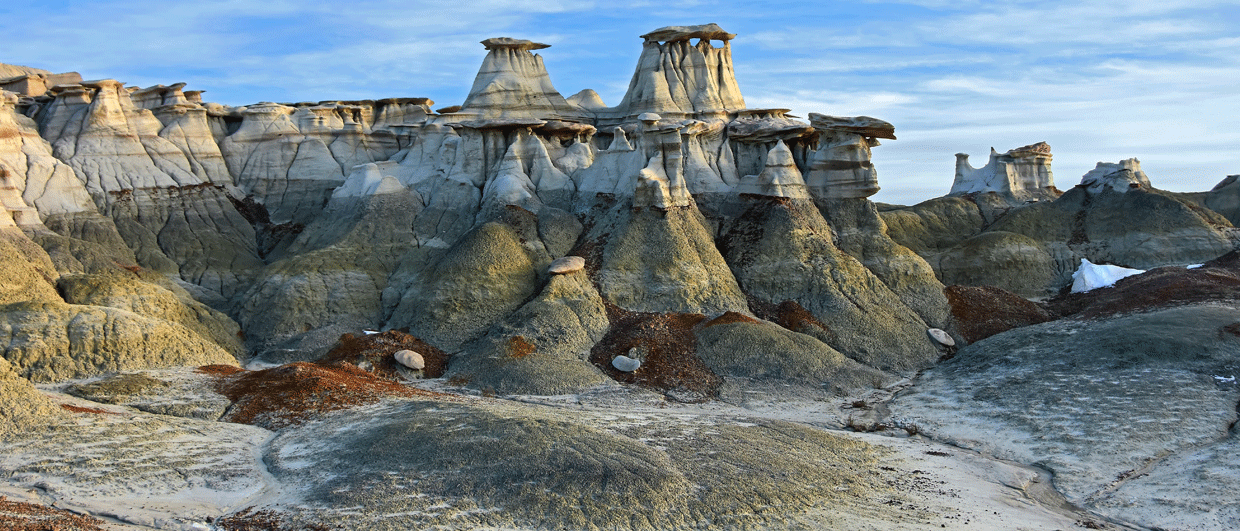“For decades, the conventional wisdom was that naturally occurring hydrogen did not accumulate in sufficient quantities to be used for energy purposes,” says Sarah Ryker, United States Geological Survey (USGS) associate director for energy and minerals, on the website announcing the new hydrogen prospectivity map for the USA. “This map is tantalizing because it shows that several parts of the USA could have a subsurface hydrogen resource after all,” she continues.
It was not only Sarah Ryker who was upbeat about the opportunities that lie ahead. “When it rains, it pours,” wrote Jason Eleson on LinkedIn in response to the release of the data, which includes overviews of known occurrences of hydrogen, helium, and geothermal systems. In addition, the potential source types for hydrogen are presented and mapped separately, as are reservoirs and seals required to accumulate the small molecules in and under.
In the paper, that accompanies the online mapping tool, the authors write that recent hydrogen exploration in the US focused on the midcontinent rift in Kansas, Nebraska and Iowa. Their analysis suggests that the hydrogen is generated in the core of the rift, from where it migrates updip towards the areas where some wells proved elevated contents. This is also the area where the highest hydrogen content in the US of 96 Mol.% was found, in the Hoffmann #3 well in Iowa. Based on mapping, this well seems to be located in an area where migration routes of hydrogen are converging as they migrate further towards the northwest, away from the rift.
As a comment to Jason Eleson’s post, petroleum engineer Greg Taft asks if anyone ever drilled a well in the US that contained more than a few percent hydrogen. Whilst that is certainly true, as demonstrated by the published data, Ramon Loosveld, who is often critical of people putting high hopes on the chances to find commercial quantities of hydrogen, writes in a reply: “Not one hydrogen gas accumulation. Anywhere. On earth. Despite millions of wells and hundreds of thousands of FDC-CNL logs and lab-based gas composition analyses.”
It may be a bit disheartening to be reminded that nothing of commercial value has yet been found beyond being able to power a small village, as in Mali, or, as Mariël Reitsma writes on page 69, in the Philippines. But the real hydrogen accumulation, which can be produced in a similar way as a conventional gas field, has indeed yet to be found. Whether it is in the US or elsewhere, proving that concept will be the real game-changer the geologic hydrogen community is waiting for. Maybe it will happen this year in Spain, where Helios will be drilling the Monzon-2 appraisal well in the second half of this year, testing a closure that might prove that hydrogen accumulations exist. Next up, the USA!





